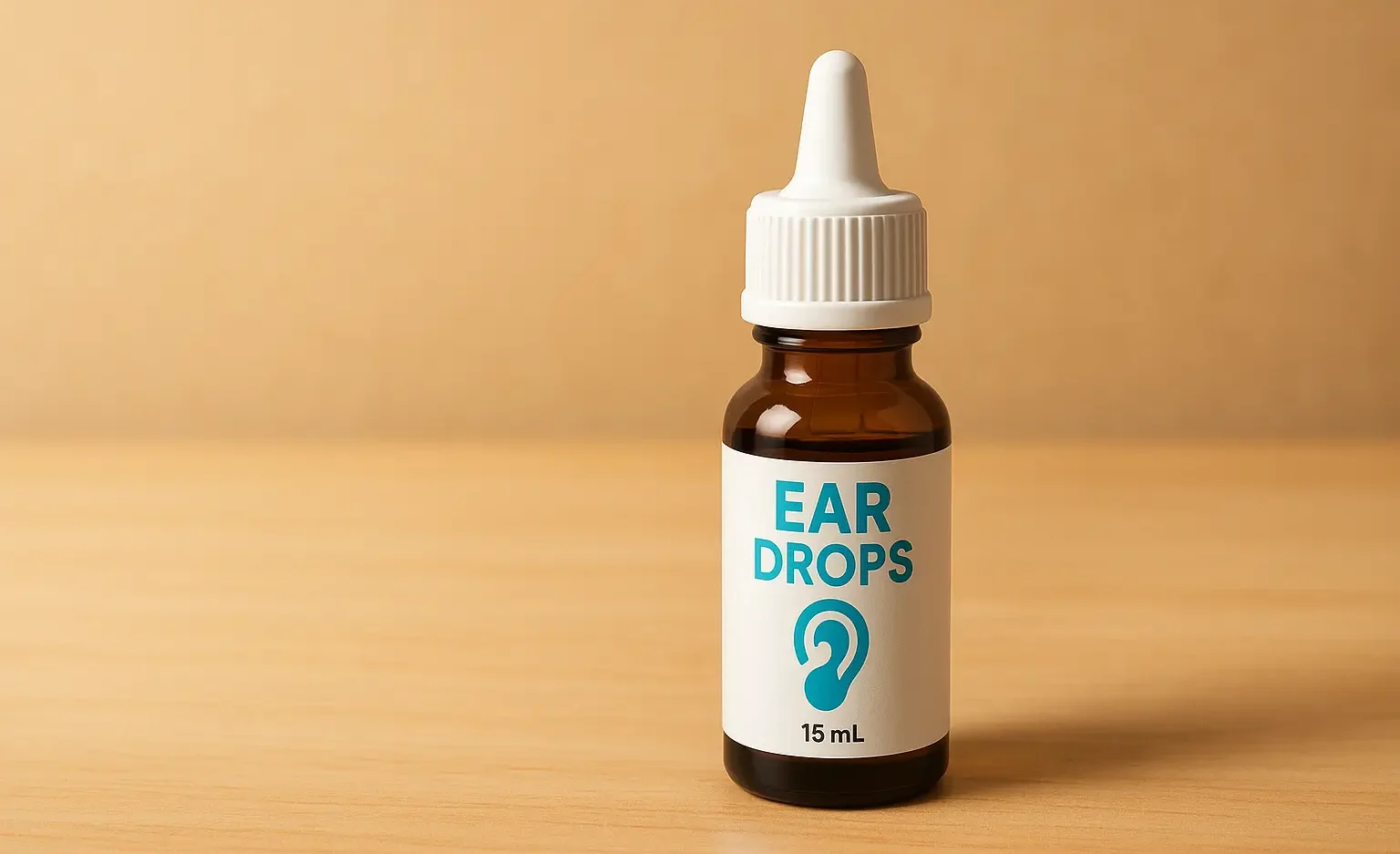Liniments
Liniments are liquid or semi-liquid preparations designed for topical application to the skin to relieve pain, inflammation, or muscle stiffness. They usually have a high concentration of active ingredients and are often applied with a massaging action to enhance absorption. Preparation of liniments: Step-by-Step Preparation: Select Base: Use oil (e.g., olive oil) or alcohol as … Read more







